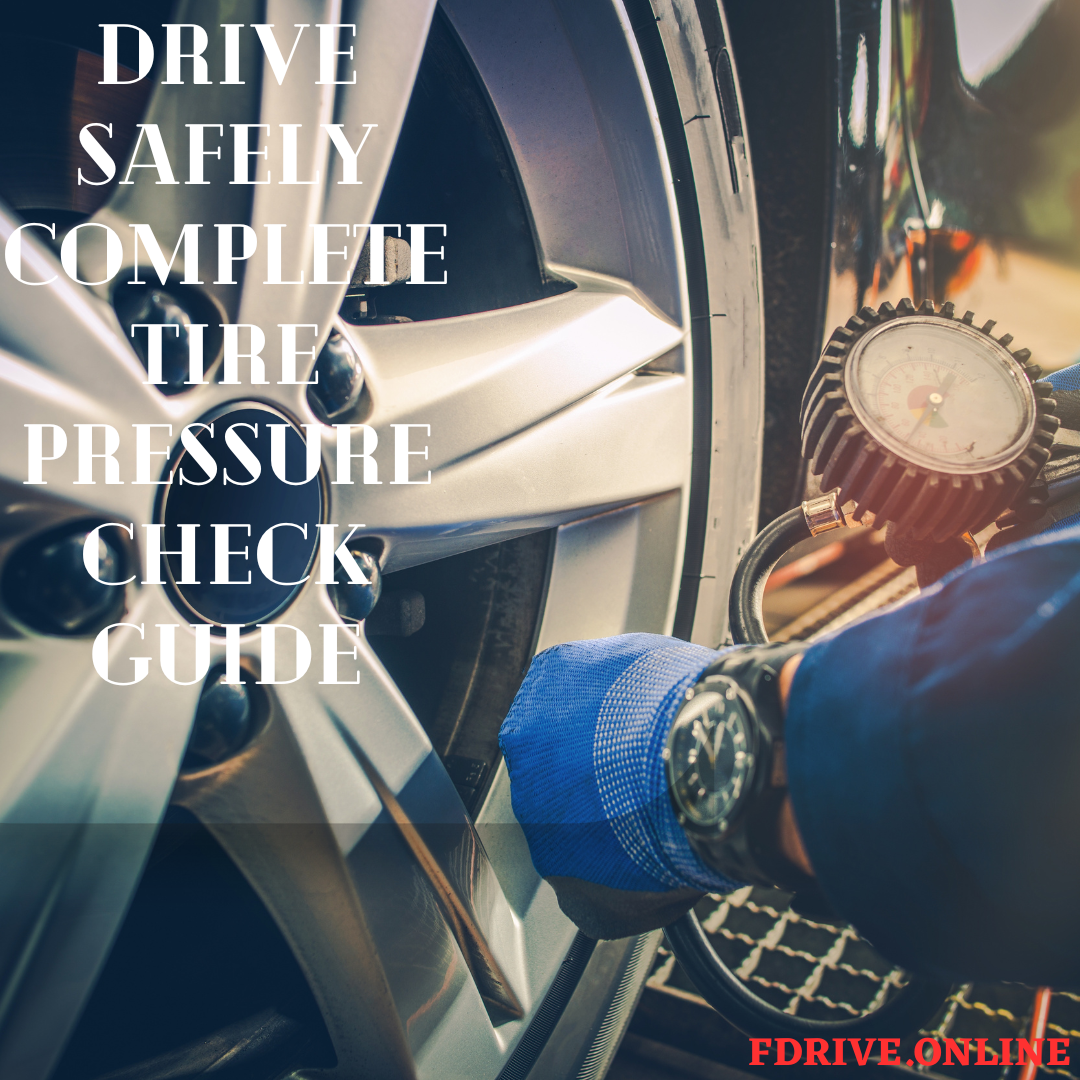Drive Safely: Complete Tire Pressure Check Guide
At Fast Fix, we prioritize your safety on the road. One of the key elements in ensuring a safe driving experience is maintaining proper tire pressure. This comprehensive guide will equip you with the knowledge needed for a complete tire pressure check to keep your journeys safe and smooth.
The Importance of Tire Pressure
Safety First
Maintaining the correct tire pressure is not just about enhancing fuel efficiency; it’s a critical safety measure. Underinflated or overinflated tires can compromise vehicle handling, increase the risk of accidents, and contribute to premature tire wear.
The Right Tools for the Job
Tire Pressure Gauge
Investing in a reliable tire pressure gauge is the first step towards accurate pressure checks. Digital or analog, ensure your gauge is calibrated regularly for precise readings.
Step-by-Step Tire Pressure Check
1. Consult Your Vehicle Manual
Refer to your vehicle’s manual or the information sticker located on the driver’s side door jamb for the recommended tire pressure. This information is crucial for accurate inflation.
2. Choose the Right Time
Tire pressure can fluctuate with temperature. It’s advisable to check it when the tires are cold, as heat generated during driving can lead to inaccurate readings.
3. Remove Valve Cap
Remove the valve cap from the tire’s valve stem. Keep these caps in a safe place to prevent loss.
4. Use the Tire Pressure Gauge
Place the gauge over the valve stem and press down firmly to get a reading. Repeat this process for all four tires.
5. Compare Readings
Compare the readings from the gauge with the recommended pressure in your vehicle manual. If the reading is below the specified range, add air until it reaches the correct level.
6. Don’t Forget the Spare
Remember to check the spare tire’s pressure as well. A functional spare ensures you’re prepared for unexpected situations.
Regular Maintenance Tips
1. Monthly Checks
Make it a habit to check your tire pressure at least once a month. Consistent monitoring helps identify issues before they become safety hazards.
2. Visual Inspections
While checking pressure, visually inspect the tires for signs of wear, cuts, or bulges. Addressing these issues promptly contributes to overall tire health.
Inflation Tips
1. Gradual Inflation
When adding air, do it gradually, checking the pressure at intervals. This approach ensures you don’t overinflate the tire, which can be as detrimental as underinflation.
2. Nitrogen vs. Regular Air
While nitrogen is touted for maintaining pressure for a more extended period, regular air remains a suitable and cost-effective option for everyday drivers.
Seek Professional Assistance
1. Irregular Wear Patterns
If you notice irregular wear patterns or experience handling issues, consult a professional. These could be signs of underlying problems requiring expert attention.
2. Tire Rotation
Regular tire rotation, typically every 6,000 to 8,000 miles, promotes even wear and enhances the lifespan of your tires.
Conclusion
A complete tire pressure check is a simple yet effective way to prioritize safety and extend the life of your tires. By following these guidelines from Fast Fix, you’re not just maintaining your vehicle; you’re ensuring every drive is a safe and enjoyable one.






